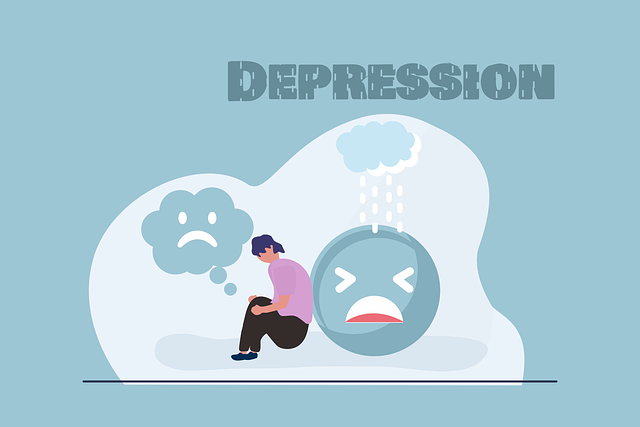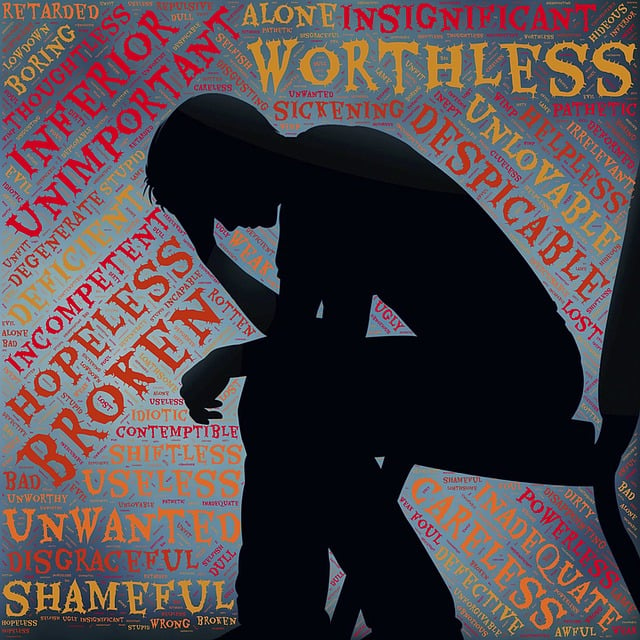Mental health advocacy is crucial for creating supportive environments, with the Greenwood Village Suicide Prevention Therapy Model offering a comprehensive approach through early intervention and evidence-based strategies tailored to individual needs. By training healthcare providers in cultural competency and conflict resolution, this model ensures sensitive care. Incorporating cognitive-behavioral therapy, mindfulness practices, and support groups, the program provides tools for anxiety relief and healing. Community engagement and specialized interventions, as demonstrated by Greenwood Village, significantly impact mental health outcomes, saving lives and promoting resilience and understanding.
Mental health advocacy plays a pivotal role in creating supportive communities and enhancing access to care. This article explores initiatives like the Greenwood Village Suicide Prevention Therapy Model, which offers valuable insights into effective strategies for mental health support. We delve into successful programs, highlighting the importance of community engagement as a key driver in suicide prevention efforts. By understanding these approaches, we can foster more inclusive environments and improve overall well-being.
- Understanding Mental Health Advocacy: The Greenwood Village Suicide Prevention Therapy Model
- Strategies and Programs for Effective Mental Health Advocacy Initiatives
- Community Engagement and Support: A Crucial Component of Success in Suicide Prevention Efforts
Understanding Mental Health Advocacy: The Greenwood Village Suicide Prevention Therapy Model

Mental health advocacy plays a pivotal role in creating a supportive environment for individuals struggling with their mental well-being. One notable initiative is the Greenwood Village Suicide Prevention Therapy Model, which offers a comprehensive approach to addressing suicidal thoughts and behaviors. This model emphasizes early intervention and evidence-based strategies tailored to individual needs. By training healthcare providers in cultural competency and conflict resolution techniques, it ensures that everyone receives sensitive and effective care.
The program incorporates various tools, such as cognitive-behavioral therapy, mindfulness practices, and support groups, to aid in anxiety relief and promote healing. The Greenwood Village model showcases how community engagement and specialized interventions can significantly impact mental health outcomes, ultimately saving lives and fostering a culture of resilience and understanding.
Strategies and Programs for Effective Mental Health Advocacy Initiatives

Mental health advocacy initiatives require a multifaceted approach to address the diverse needs of individuals and communities. One effective strategy is to partner with local healthcare providers, integrating mental health services into primary care settings. This ensures easier access to care and promotes emotional well-being through early intervention. Greenwood Village Suicide Prevention Therapy, for instance, has been instrumental in training healthcare providers on cultural competency, fostering a more inclusive and responsive healthcare environment.
Additionally, community-based programs that focus on building resilience and confidence can significantly contribute to mental health advocacy. Educational workshops, support groups, and awareness campaigns play a crucial role in destigmatizing mental health issues. By equipping individuals with emotional well-being promotion techniques, these initiatives empower people to take charge of their mental health and seek help when needed.
Community Engagement and Support: A Crucial Component of Success in Suicide Prevention Efforts

In the fight against suicide, community engagement and support are vital components that cannot be overlooked. Greenwood Village Suicide Prevention Therapy emphasizes the power of collective efforts to create a network of care and reduce stigma surrounding mental health issues. By fostering open dialogue and encouraging residents to actively participate in prevention initiatives, communities can become more resilient and better equipped to identify and assist individuals at risk.
Emotional well-being promotion techniques, such as stress management workshops organized by local organizations, play a significant role in building community resilience. Equipping individuals with effective stress management tools not only enhances their emotional well-being but also empowers them to support others. Additionally, conflict resolution techniques can be integrated into community programs to address interpersonal issues that may contribute to suicidal thoughts, further strengthening the preventive effort.
Mental health advocacy initiatives, such as the Greenwood Village Suicide Prevention Therapy Model, play a pivotal role in fostering community resilience and well-being. By combining therapeutic strategies with community engagement, these programs effectively address mental health issues like suicide prevention. Leveraging successful models and incorporating community support is key to creating sustainable change and ensuring that everyone has access to the resources they need for a healthier, happier life.











